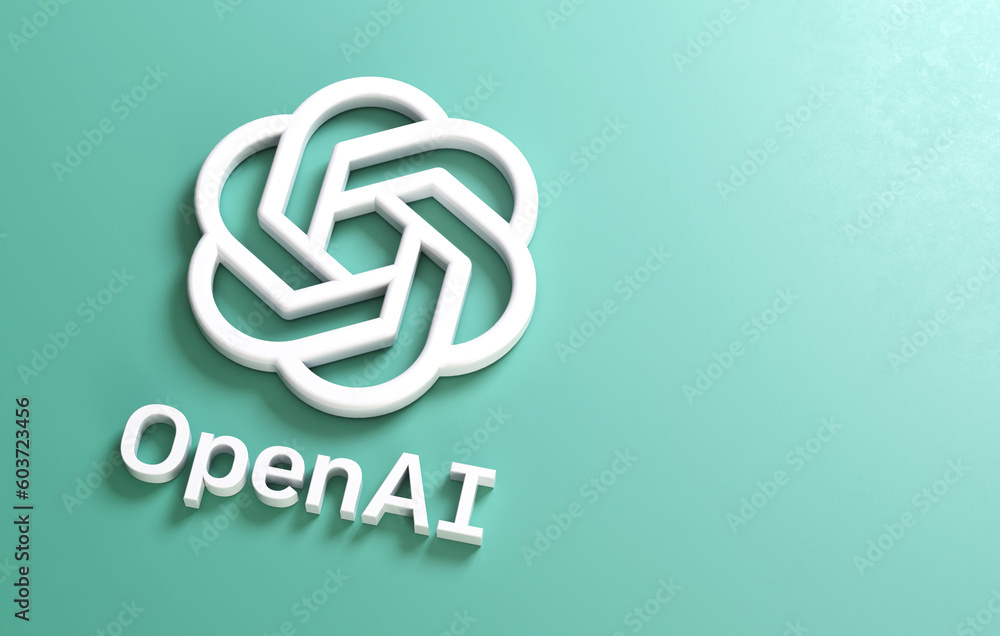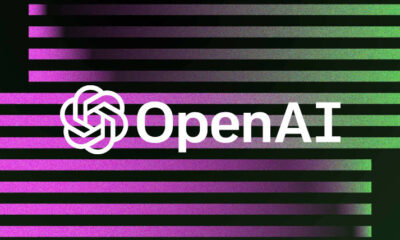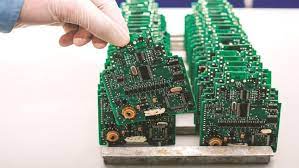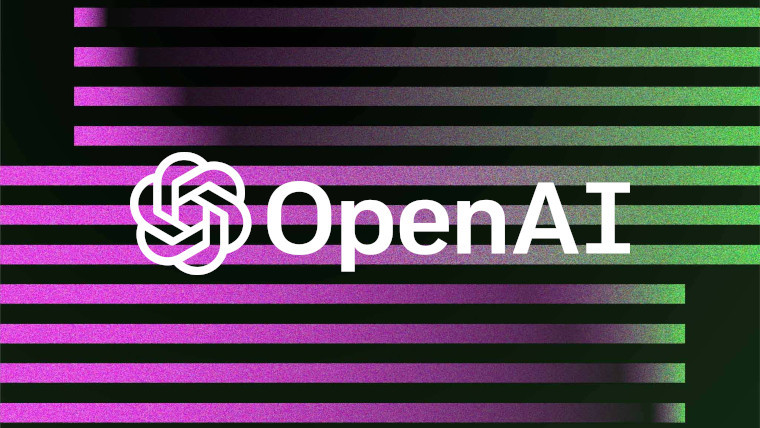In a groundbreaking announcement, social media platform X revealed that Elon Musk’s artificial intelligence venture, xAI, is set to launch Grok exclusively for Premium Plus subscribers in the United States next week. Users can access Grok through the side menu on web, iOS, and Android platforms, marking a significant step towards integrating advanced AI capabilities into the social media experience.
In a post on X, the company declared, “Ok, buckle up, everyone. Access to @ grok is now rolling out to Premium+ subscribers in the US over the next week. The longer you’ve been a subscriber, the sooner you can read. You can find Grok in the side menu on web, iOS, and Android (the app must be up-to-date). On iOS and Android, you can add it to your bottom menu for easy access. Don’t forget your towel!”
This eagerly anticipated release follows an earlier announcement from xAI on November 4, wherein the artificial intelligence venture introduced Grok as an AI modeled after the iconic “Hitchhiker’s Guide to the Galaxy.” The blog post highlighted Grok’s unique ability to answer a wide range of questions and even suggest inquiries, all delivered with a touch of humor and a rebellious streak. The post humorously advised users not to engage with Grok if they dislike humor.
The key advantage of Grok, as outlined in the blog post, is its real-time knowledge of the world through the X platform. The AI is designed to tackle “spicy questions” rejected by other AI systems, showcasing its versatility and advanced capabilities. xAI emphasized that Grok is still in the early beta stage but anticipates rapid improvement with user feedback.
Elon Musk, the visionary behind xAI, took to X to share insights into Grok’s design and functionality. Musk stated, “xAI’s Grok system is designed to have a little humor in its responses.” He further highlighted Grok’s real-time access to information via the X platform, underscoring its massive advantage over other AI models. Musk also playfully mentioned Grok’s affinity for sarcasm, expressing amusement at the system’s unique personality. “I have no idea who could have guided it this way,” Musk added, adding an element of mystery to Grok’s development.
In a recent development reported by Fox Business, xAI disclosed its intention to secure up to one billion dollars in funding. According to a filing with the Securities and Exchange Commission, X.AI Corp. (dba xAI) outlined plans for a USD 1 billion equity offering, with over USD 134 million already successfully raised. The filing revealed that the company had entered into a binding agreement for the sale and purchase of the remaining USD 865 million.
The funding initiative reflects the growing importance and potential of xAI’s projects, particularly the development and deployment of advanced AI systems like Grok. As xAI seeks substantial financial backing, it signals a strategic move to further enhance and expand the capabilities of its artificial intelligence ventures.
The introduction of Grok on social media platform X represents a significant milestone in the evolution of AI-powered assistance for users. With its unique blend of humor, rebellious personality, and real-time access to information, Grok promises to revolutionize the way users interact with AI. As the system enters the hands of Premium Plus subscribers, the coming weeks will likely witness an influx of user feedback, contributing to the continuous improvement of Grok’s capabilities.
In conclusion, the unveiling of Grok by Elon Musk’s xAI on social media platform X marks a pivotal moment in the integration of advanced AI into everyday online interactions. With its distinctive personality and real-time knowledge access, Grok is poised to redefine the user experience on X, offering a glimpse into the future of AI-driven assistance. As xAI seeks substantial funding to support its ambitious projects, the success of Grok and similar initiatives could reshape the landscape of artificial intelligence and its applications in the social media sphere.


 Opinion2 years ago
Opinion2 years ago
 Fashion7 years ago
Fashion7 years ago
 Entertainment7 years ago
Entertainment7 years ago
 Entertainment7 years ago
Entertainment7 years ago
 Opinion2 years ago
Opinion2 years ago
 Business News2 years ago
Business News2 years ago
 Policy&Politics2 years ago
Policy&Politics2 years ago
 Business News2 years ago
Business News2 years ago



















